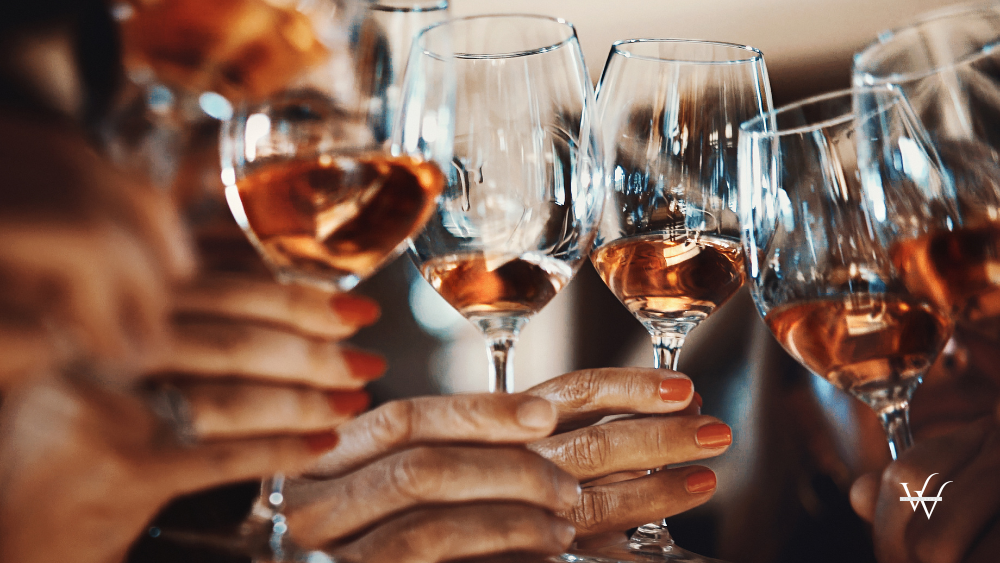The contraction of Russia’s retail wine market deepened in September 2025, with sales of both still and sparkling wines showing sharper declines than in previous months.
According to data from the Federal Service for Alcohol Market Control (Rosalkogoltobakkontrol), the ongoing downturn reflects a combination of higher import tariffs, rising production costs, and lower consumer purchasing power.
Worsening Monthly Decline in Wine Sales
Retail sales of still wines in September totaled 4.41 million decaliters, down 2.2% year-on-year, while sparkling wine sales fell by 4.3% to 1.36 million decaliters. In August, the year-on-year drops were more moderate, at 0.4% for still wines and 1.2% for sparkling wines.
From January to September 2025, still wine sales declined 1.4% to 41.71 million decaliters, and sparkling wines dropped 2.9% to 14.46 million decaliters.
The broader alcohol market has also weakened: in August, total alcohol sales (excluding beer, cider, perry, and mead) fell 6.8% year-on-year to 17.9 million decaliters, followed by a 6.1% decline in September, reaching 15.99 million decaliters. Over the first nine months of 2025, total sales dropped 10.9%, to 148.54 million decaliters.
Rising Prices and Import Tariffs Undermine Demand
The primary causes of the contraction are rising excise duties, increased minimum retail prices, and higher import tariffs on beverages from “unfriendly” countries. Since August 2023, import duties on wines from these countries have been raised twice — first from 12.5% to 20%, and then to 25% in August 2024 — with a minimum duty of USD 2 per liter.
These measures have significantly reduced the affordability of imported wines. At the same time, domestic producers have raised their prices due to inflation and increased production costs. According to Rosstat, the average retail price of Russian still wine in September was 677.9 rubles per liter (≈ EUR 6.85), up 12% year-on-year, while sparkling wine averaged 564.8 rubles (≈ EUR 5.70), up 11.3%.
Industry Perspectives: Import Decline and Domestic Shift
Industry experts emphasize that imported wines remain the key factor behind falling sales volumes.
According to Alexander Lipilin, CEO of the wine retailer Fort, “imported products continue to drive the decline, while interest in Russian wine is gradually increasing.”
Alexander Stavtsev, head of WineRetail, considers the still wine segment more resilient due to its diversified import structure: “A significant share of still wine imports comes from friendly countries such as Georgia and several Latin American nations, where duties remain at 13.5% or are exempt altogether.”
In contrast, sparkling wine is heavily reliant on imports from Italy, Spain, and France, making it more sensitive to tariff hikes. Many imported sparkling wines have doubled or tripled in price, prompting consumers to reduce consumption or switch to cheaper sparkling beverages that are not classified as wine.
Production Trends: Domestic Still Wines Increase, Sparkling Wines Decline
While demand is shrinking, production trends in Russia’s wine sector remain mixed. According to the Russian Association of Winemakers (RATK), still wine production in September reached 2.91 million decaliters, an 8.3% increase year-on-year. Conversely, sparkling wine output fell 5.8% to 1.82 million decaliters, partly due to limited supplies of white grapes — the result of a drought in Crimea, which reduced the harvest.
Stavtsev also notes that Russian producers are moving away from low-priced sparkling wines, focusing instead on higher-quality segments. This shift, while positive for profitability, could reduce the category’s overall volume in the short term.
Outlook: Price Sensitivity to Shape Holiday Demand
Retailers expect the pressure on wine demand to persist into the final quarter of 2025. Alexander Lipilin warns that the decline could intensify once retailers exhaust existing stock purchased at old prices:
“Consumers will face even higher prices ahead of the New Year holidays. Wine is becoming less affordable and could start losing ground to beer and other beverages.”
Nevertheless, some market participants maintain a cautiously optimistic view. Petr Romanishin, CEO of Fanagoria Wine House, stated that his company continues to see both sales and production growth, suggesting that the decline in national sales may be temporary and uneven across producers.
Source: Kommersant

